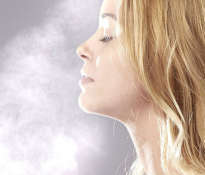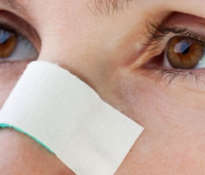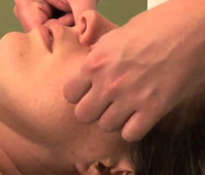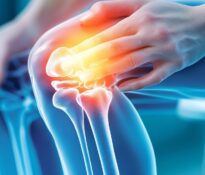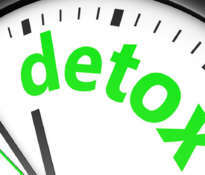Many people use sinus irrigation to relieve allergy symptoms. This procedure, involving the introduction of saline into the nose, is also recommended by doctors and you can do it out yourself at home. Is it really an effective method to get rid of allergies?
Rinsing the sinuses is especially recommended for those who are allergic to, inter alia, plant pollen, pet dander, mold and spores. These types of allergens get into the body through the nostrils. Rinsing the sinuses with clean salty water or a prepared saline solution physically flushes out these allergens, reducing the load on the immune system.
Many allergy sufferers use sinus irrigation and feel a definite relief after the procedure.
In addition to getting rid of allergens, rinsing the sinuses also cleans the mucus in the nostrils and sinuses. Even if you do not have allergies, and for example frequent sinus infections, rinsing can help to get rid of mucus, which reduces the risk of pathogenic bacteria and upper respiratory tract infections.
It’s worth trying to feel better without taking anti-allergic drugs.
How to rinse the sinuses?
The simplest, traditional method of sinus rinsing involves the use of a special teapot-shaped dish. The dish can be ceramic or plastic, but it is important that the vessel has a long, thin spout, through which the application of the liquid to the nostrils will be very easy. These types of dishes can be bought at the pharmacy or online.
To prepare a saline solution, you have to dissolve 1 teaspoon of finely ground pure salt (without any aromatic additives, non-iodinated) in 1/2 liter of boiled water. If you feel that the salt solution is too strong when you rinse the sinuses, you can reduce the amount of salt by half. The salt solution should be stored at room temperature.
Rinsing is best carried out in the bathroom (above the sink or over a large bowl) – at least until you gain experience.
Tilt your head to the side so that one ear is directed to the top and the other down, and insert the spout into the upper nostril so that the water does not leak from this side. Then open your mouth and breathe deeply, gently pouring half of the solution. Try to relax. After a few seconds, the water will drain from the lower nostril. Part of the solution may get into the throat. Do not swallow this water, just spit it out.
When you are done with the first nostril, slowly straighten up and carefully clean your nose, then tilt your head the other way and repeat the procedure.
There are no fixed rules regarding the frequency of the procedure. Many allergy sufferers do it every day (even in the morning and in the evening). However, the most important thing is to adjust the rhythm of the sinus irrigation to your own needs.
Although the sinus irrigation is a great way to react with the body – this is a temporary solution and does not remove the cause of the problem. If you use sinus irrigation throughout the year and at a high frequency, consider other effective treatments for allergies. LifePharm recommends using the LAMININE dietary supplement, which, acting in a similar way to stem cells, completely regenerates the whole organism and brings visible effects also in the treatment of allergies.


